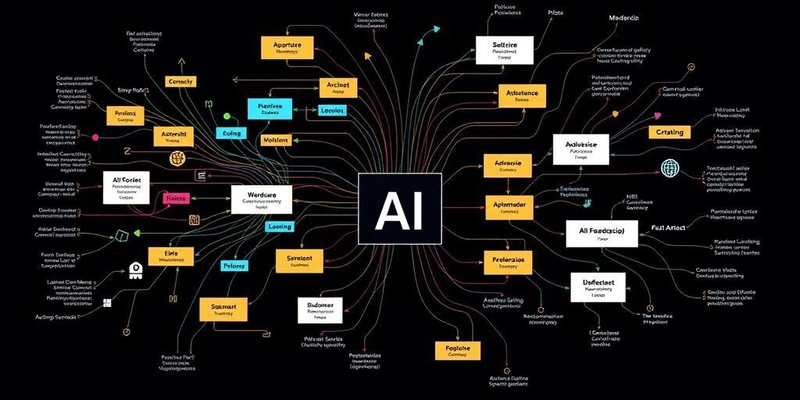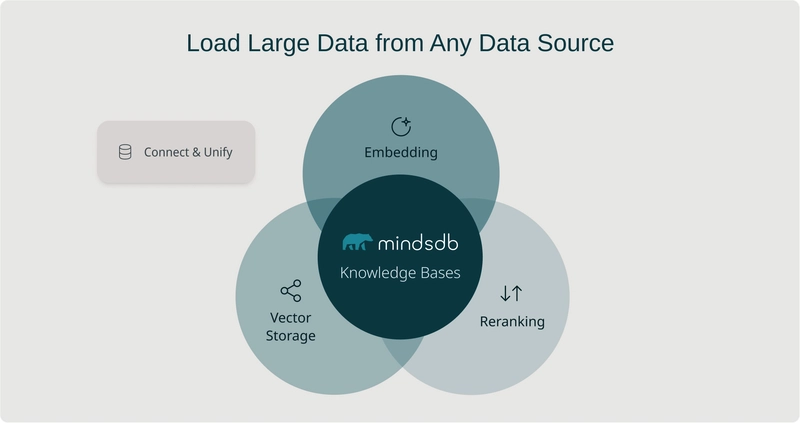Stop Hiring Data Analysts
If by the end of 2025, you still actively hire people whose 40-hour work mostly consists of writing and visualizing SQL queries, you might be losing a lot of money. If you are making data-driven decisions on multiple fronts, from product to sales, marketing, and business in general, then in 2025 it's time for you to reconsider how exactly your Data Analysts spend their time. The problem you might try to solve by hiring more Data Analysts is that they have too much work to do on a daily basis. If most of their work consists of translating product/sales/marketing requests into SQL queries and those into dashboards, PDFs, or spreadsheets, then hiring more won't help because the problem is not in a bigger workload but rather in how your Data Analytics team handles that workload. It's not a newsflash that for a Data Analyst to be efficient, at least two prerequisites must be satisfied: well-structured data and robust data infrastructure. If you lack either of those, you might have inefficient Data Analysts who might even try their best to be efficient and use the latest AI tools, but the lack of well-structured data or poor data infrastructure is simply holding them back. If you have robust data infrastructure and poorly structured data, then AI tools won't help you much because AI-generated SQL will be false positives for complex queries in the best-case scenario. And if you have well-structured data and poor infrastructure, then even with AI tools, you might be losing a lot of time on slow query execution in a multi-user environment. Thus, you need both to be efficient as a Data Analyst. Thus, in 2025, it's time to invest in a Data Engineering department that will ensure you have well-structured data on a robust data infrastructure. This will allow your Data Analysts to use AI tools as much as possible in their work and focus more on understanding the ins and outs of what and how product, sales, marketing, and business people do in their daily work and how they (Data Analysts) can help them make data-driven decisions faster. And by being faster, every other benefit is just a consequence, like making better data-driven decisions. To quote Shopify's CEO Tobi Lütke: "Before asking for more Headcount and resources, teams must demonstrate why they cannot get what they want done using AI." For Data Analysts from 2025 onward, it's important to become at least good juniors in those product and business roles where writing SQL queries and producing dashboards, PDFs, and spreadsheets is not a burden and a full-time job but rather a professional reflex in making decisions and doing actual work - helping the business grow. You might think I am oversimplifying current Data Analyst roles, but by divide-and-conquer, it boils down to exactly what I am writing about. More data gives you more valuable information but also more headaches from an engineering perspective. The solution is not to hire more people who will dig through that data to find that value but to hire those who will structure that data on a robust infrastructure so that those who are digging can dig faster, preferably with AI tools. Thus, the ratio between Data Analysts and Data Engineers should be around 1:1. One reason is that it's much easier for an AI to do a Data Analyst job than a Data Engineering job. Finally, here is my rephrasing of the above quote in the context of this topic: "Before asking for more Data Analysts, you must demonstrate why they cannot get what they want done using AI." N.B. Originally posted on LinkedIn and X on April 11, 2025.

If by the end of 2025, you still actively hire people whose 40-hour work mostly consists of writing and visualizing SQL queries, you might be losing a lot of money.
If you are making data-driven decisions on multiple fronts, from product to sales, marketing, and business in general, then in 2025 it's time for you to reconsider how exactly your Data Analysts spend their time.
The problem you might try to solve by hiring more Data Analysts is that they have too much work to do on a daily basis. If most of their work consists of translating product/sales/marketing requests into SQL queries and those into dashboards, PDFs, or spreadsheets, then hiring more won't help because the problem is not in a bigger workload but rather in how your Data Analytics team handles that workload.
It's not a newsflash that for a Data Analyst to be efficient, at least two prerequisites must be satisfied: well-structured data and robust data infrastructure.
If you lack either of those, you might have inefficient Data Analysts who might even try their best to be efficient and use the latest AI tools, but the lack of well-structured data or poor data infrastructure is simply holding them back.
If you have robust data infrastructure and poorly structured data, then AI tools won't help you much because AI-generated SQL will be false positives for complex queries in the best-case scenario. And if you have well-structured data and poor infrastructure, then even with AI tools, you might be losing a lot of time on slow query execution in a multi-user environment. Thus, you need both to be efficient as a Data Analyst.
Thus, in 2025, it's time to invest in a Data Engineering department that will ensure you have well-structured data on a robust data infrastructure. This will allow your Data Analysts to use AI tools as much as possible in their work and focus more on understanding the ins and outs of what and how product, sales, marketing, and business people do in their daily work and how they (Data Analysts) can help them make data-driven decisions faster.
And by being faster, every other benefit is just a consequence, like making better data-driven decisions.
To quote Shopify's CEO Tobi Lütke: "Before asking for more Headcount and resources, teams must demonstrate why they cannot get what they want done using AI."
For Data Analysts from 2025 onward, it's important to become at least good juniors in those product and business roles where writing SQL queries and producing dashboards, PDFs, and spreadsheets is not a burden and a full-time job but rather a professional reflex in making decisions and doing actual work - helping the business grow.
You might think I am oversimplifying current Data Analyst roles, but by divide-and-conquer, it boils down to exactly what I am writing about.
More data gives you more valuable information but also more headaches from an engineering perspective. The solution is not to hire more people who will dig through that data to find that value but to hire those who will structure that data on a robust infrastructure so that those who are digging can dig faster, preferably with AI tools.
Thus, the ratio between Data Analysts and Data Engineers should be around 1:1. One reason is that it's much easier for an AI to do a Data Analyst job than a Data Engineering job.
Finally, here is my rephrasing of the above quote in the context of this topic: "Before asking for more Data Analysts, you must demonstrate why they cannot get what they want done using AI."



































































































































































![[The AI Show Episode 147]: OpenAI Abandons For-Profit Plan, AI College Cheating Epidemic, Apple Says AI Will Replace Search Engines & HubSpot’s AI-First Scorecard](https://www.marketingaiinstitute.com/hubfs/ep%20147%20cover.png)



















































































































































































.jpeg?width=1920&height=1920&fit=bounds&quality=70&format=jpg&auto=webp#)










































































































































































-xl.jpg)





























![Apple Working on Brain-Controlled iPhone With Synchron [Report]](https://www.iclarified.com/images/news/97312/97312/97312-640.jpg)

































































































